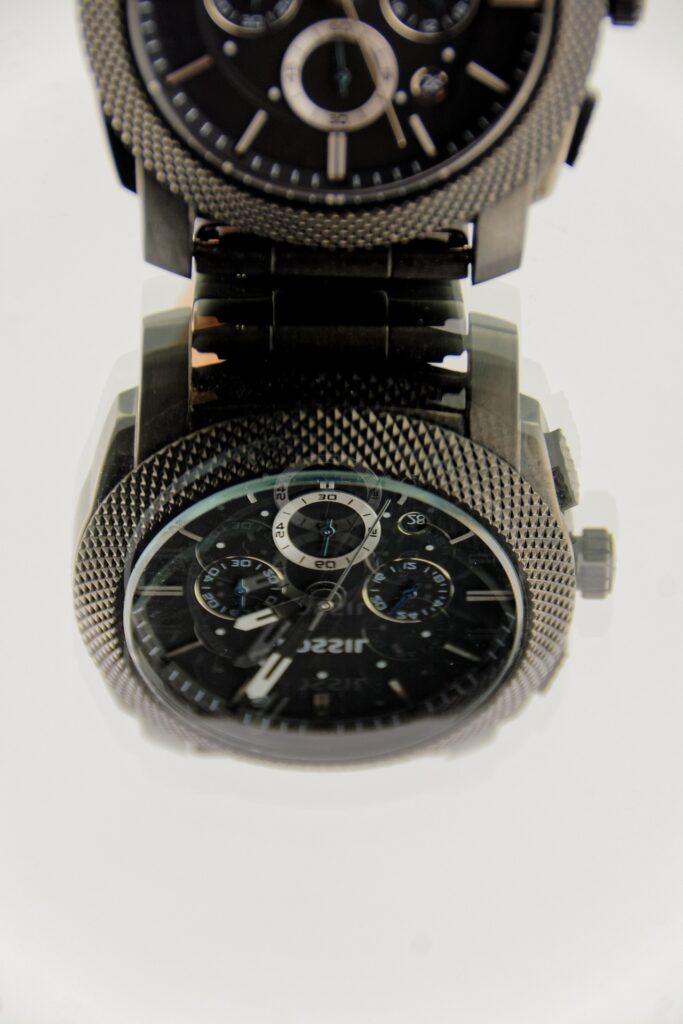Introduction
Watches are not just timekeeping devices; they are expressions of personal style and craftsmanship. Fossil watches have long been revered for their elegant designs and functionality. However, some Fossil watch models feature multiple dials, which can be a bit perplexing when it comes to setting them correctly if you own a Fossil watch with three dials and find yourself unsure of how to set them accurately, fear not! In this comprehensive guide, we will walk you through the process, ensuring you become a master of time. Let’s get started!
Familiarize Yourself with the Dials
Before diving into the setting process, it’s essential to understand the purpose of each dial on your Fossil watch. Typically, a watch with three dials includes a main dial for standard timekeeping, a date dial, and a 24-hour dial. Take a close look at your watch face and identify these three dials. Familiarizing yourself with their layout will greatly simplify the setting process.
Start with the Main Dial

The main dial of your Fossil watch displays the standard time. To set the main dial:
- Pull the crown (the small knob on the side of the watch) out to the first position. This position allows you to adjust the main time.
- Rotate the crown clockwise or counterclockwise to set the desired time. Keep an eye on the date and 24-hour dials to ensure they move correctly.
- Once the main time is correctly set, push the crown back to its original position (usually flush against the case) to ensure it is securely in place.
Setting the Date Dial

The date dial on your Fossil watch typically appears as a smaller dial located at the 3 o’clock position. Here’s how you can set it:
- Pull the crown out to the second position (one notch after setting the main time).
- Rotate the crown in a counterclockwise direction to adjust the date. Continue turning until the desired date is displayed.
- After setting the date, push the crown back to its original position.
Note: Avoid setting the date between 9 pm and 2 am to prevent incorrect date changes. This is the period when the watch’s internal mechanisms perform their automatic date transition.
Adjusting the 24-Hour Dial

The 24-hour dial, usually found as a smaller dial positioned at the 6 o’clock mark, allows you to track military or dual-time format. Here’s how to set it correctly:
- Pull the crown out to the second position (one notch after setting the main time).
- Rotate the crown in a clockwise direction until the 24-hour dial displays the correct hour.
- Once the 24-hour dial is adjusted, push the crown back to its original position.
Hence, you must adjust the Secondary Dials For watches with additional dials, such as chronographs or day/date displays, use the crown to set them accordingly. Refer to your watch’s manual for specific instructions on adjusting these secondary dials to match the current time and date.
Double-Checking and Fine-Tuning
After setting all three dials, take a moment to ensure that each one is displaying the correct information. Cross-reference the time with another reliable time source to verify its accuracy. Additionally, check if the date and 24-hour dials align correctly with the main time.
Conclusion
Setting a Fossil watch with three dials may initially seem daunting, but with this step-by-step guide, you can confidently navigate the process. By understanding the purpose of each dial and following the outlined steps, you’ll become a pro at adjusting the time, date, and 24-hour settings on your watch. Remember to handle your watch gently and take care when pulling and pushing the crown. With practice, you’ll effortlessly set your Fossil watch, ensuring that it remains a reliable companion on your wrist, keeping you stylish and on schedule. Happy timekeeping!

